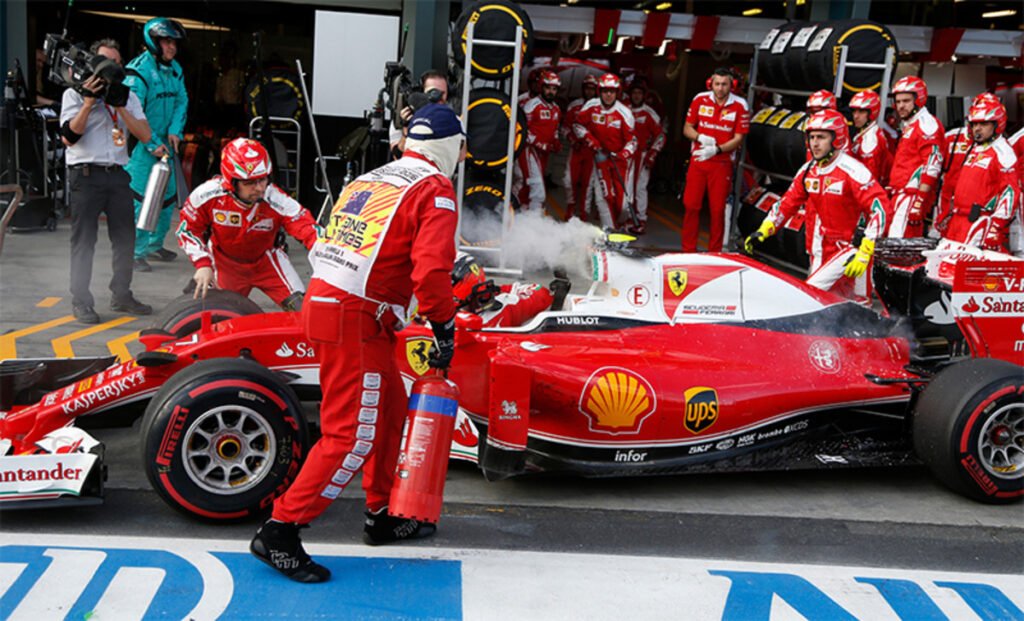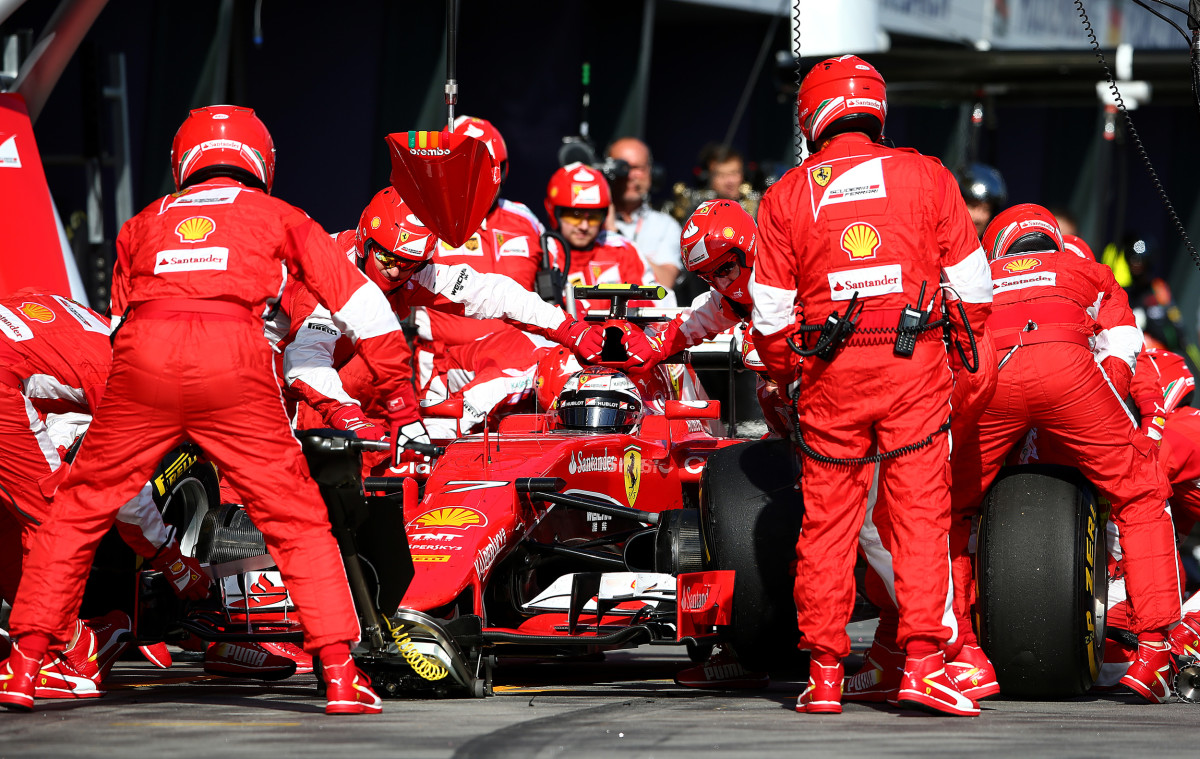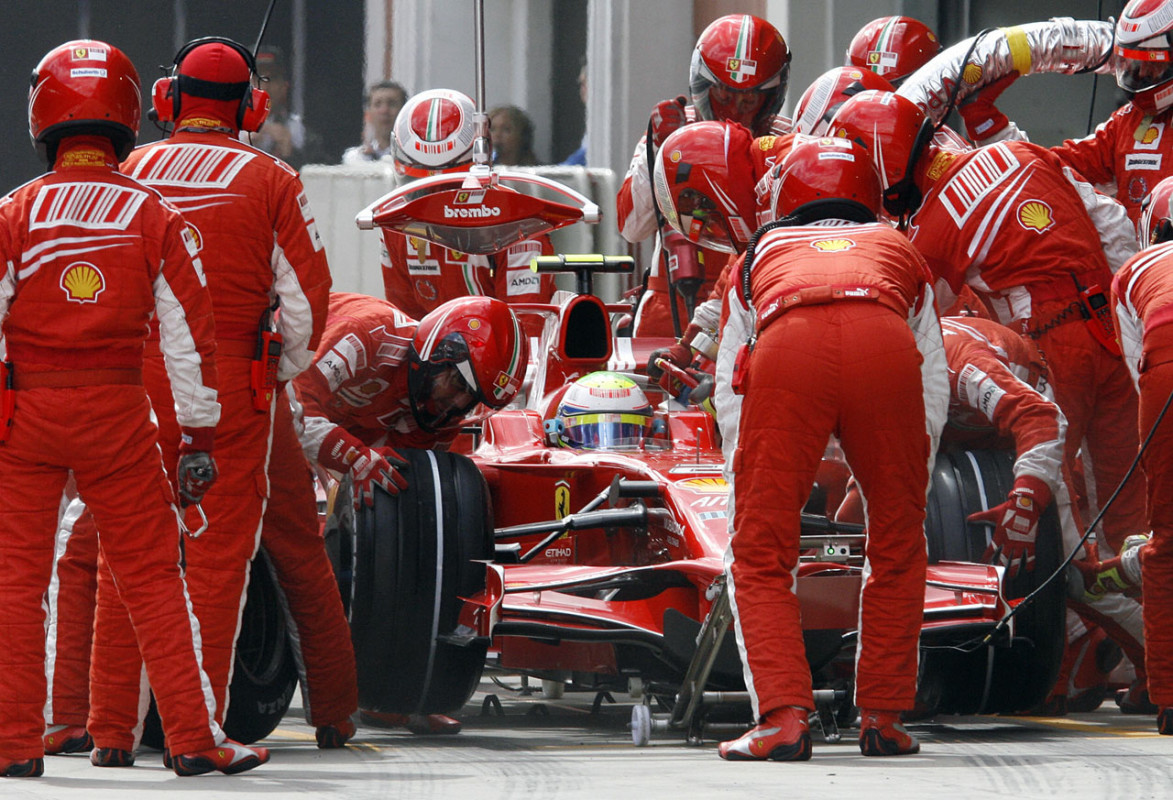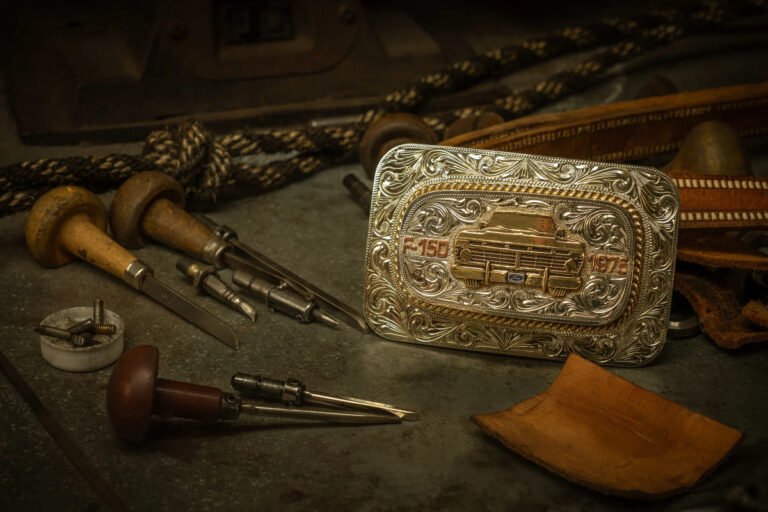
Formula 1 has consumed more lives than it has saved since 1950, yet one hospital in England found a way to reverse that equation. In 2001, two doctors at London’s Great Ormond Street Hospital were struck helpless by their neonatal intensive care unit struggling with chaotic baby handovers from operating theaters. One evening, while watching Formula 1 on television, they realized something remarkable. If F1 pit crews could change tires and refuel cars in seconds with flawless communication and zero room for error, why couldn’t medical teams do the same when transferring fragile newborns?
The doctors were then invited to Maranello, Italy, where Ferrari engineers and pit crew analyzed videos of baby handovers. The verdict? The transfers were shoddy, noisy, and uncoordinated, with no clear leadership. Medical teamwork improvement became the urgent priority, and racing mechanics became medicine’s unlikely teachers for what would be one of Formula 1’s greatest contributions to regular life.
Mark Thompson via Getty Images
When Surgeons Looked to the Racetrack
The collaboration introduced clear leadership roles, situational awareness, formalized protocols, and data monitoring. Just like pit crews, each team member now had a precisely defined role. The results proved revolutionary, with thousands of babies’ lives saved through improved safety and efficiency in pediatric cardiac surgery worldwide.
Williams F1 team later partnered with the University Hospital of Wales in Cardiff to apply pit stop techniques to neonatal resuscitation protocols. The hospital team mapped out standardized floor spaces in delivery theaters, copying the customized floor layouts Williams used at race tracks. They color-coded equipment trolleys, implemented radio checks before procedures, and introduced hand signals to replace chaotic verbal communication during critical moments.

Racing Precision Meets Emergency Medicine
Both scenarios require teams to work seamlessly in time-critical and space-limited environments, with Williams pit crews changing four tires in around two seconds using nearly 20 people working in perfect unison. The medical teams adopted video analysis and debrief meetings as standard practice, just like racing teams reviewing every pit stop for improvements.
This wasn’t about speed for speed’s sake, the same way Formula 1 race cars have evolved to also become safer. It was about healthcare process optimization through eliminating wasted movements, clarifying roles, and perfecting communication when seconds determine survival.



